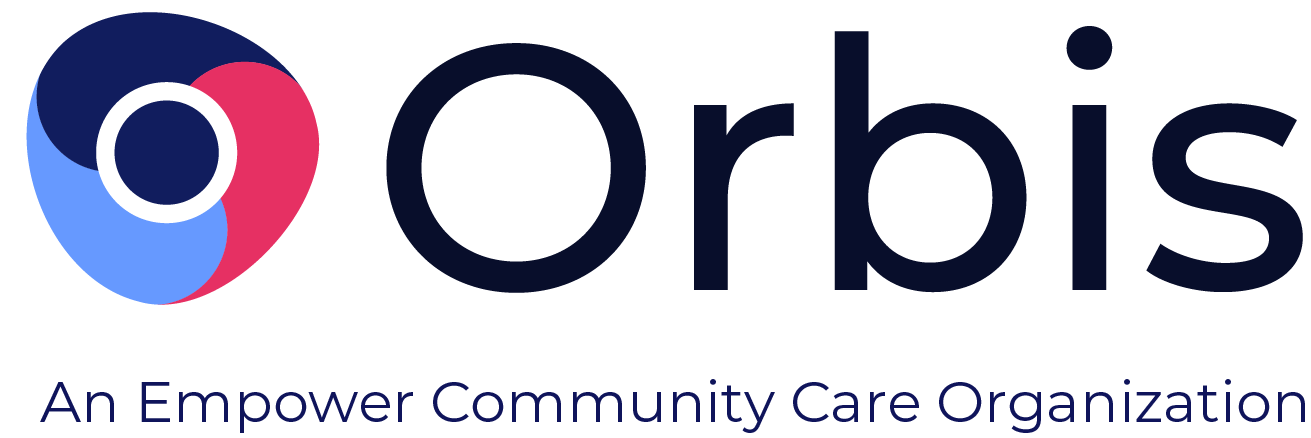Girls are different from boys—an obvious statement that isn’t so obvious in much of the juvenile-justice system. In the past, girls historically made up a smaller percentage of the juvenile justice system. However, the number of girls entering the justice system is on the rise.
As pointed out in an exhaustive report by Francine T. Sherman Annie Balck1 (in partnership with the National Crittenton Foundation and the National Women’s Law Center), there is an inequality of treatment often from the get-go. Judges find abused young women from traumatic backgrounds in front of them and will put them into the system to “protect” them.
At all points, starting with arrest and going through disposition, the authors of the report say, “The system is structured to pull girls in, rather than to use available ‘off-ramps’ to divert them to more appropriate interventions.”
Girls aren't treated the same as boys for lesser offenses
This contributes to a disparity between young men and women when it comes to detention for minor offenses. Statistics show that in 2013, 25% of boys were locked up for things like truancy, drinking alcohol, or curfew violations. Yet, 37% of girls were detained for the same reasons. When it came to being detained for simple assault and violating public order (crimes without victims), you’re looking at an 11% gap: 21% female to 12% male youths.
When at-risk girls are locked up, they also don’t receive the help they need in order to do well once released. The study found that, “Given the proportion of girls detained for minor offenses, lengths of stay in detention are particularly troubling: 25% of detained girls remain in detention longer than 30 days and 11% remain after 60 days.”
How to solve the gender gap
In order to solve the gender gap, The National Research Council suggests that “Girl-focused reforms must be woven into current developmentally-focused, system-level juvenile justice reform, rather than treated as discrete, isolated efforts. When reforms focused on girls are isolated from larger juvenile justice reforms have tended to be underfunded and short-lived.” Connecticut, Florida, and California are a few states that have facilitated their efforts for improving the juvenile justice system for girls.
The council recommends that a system-wide reform approach for all juveniles, both male and female be introduced as a foundation while introducing the following measures:
- Ensuring accountability without criminalization
- Providing alternatives to putting kids in the justice system
- Treating each case individually after needs and risks are assessed
- Locking up kids only to ensure public safety
- Making fairness a top priority
- Being aware of disparate treatment
- Getting the family involved
In addition to making improvements to the entire juvenile justice system, female-focused measures should then be woven into the reform approach. Among the National Research Council’s female-specific suggestions are to:
- stop criminalizing behavior resulting from environments that girls can’t control,
- decriminalize “prostitution” for minors,
- decriminalize minor school offenses commonly charged to girls, such as being verbally disruptive
- reduce system involvement for misdemeanors
- remove the juvenile-justice system from enforcing and punishing curfew and ordinance violations
- change school policies so that they help girls in need
- spend health dollars on evidence-based practices and programs for girls
They write, “The federal Department of Health and Human Services has specifically advised states to use trauma-focused screenings and evidence-based programs in ‘child serving settings,’ including juvenile justice, and to use Medicaid as a source of funding.”
Orbis Partners offers evidence-based, gender-responsive interventions for women and young females involved in the criminal justice system. Girls…Moving On is a cognitive-behavioral program designed specifically to address the needs of at-risk girls between the ages of 12-21 years. The overarching goal of this program is to help girls build resilience by introducing them to skills and resources that have been demonstrated to decrease the risk of future criminal behavior.
In the long (and short) run, it is far more beneficial to spend money on keeping at-risk girls out of the system than paying for onerously expensive placements.
Orbis Partners provides solutions for criminal justice and human services systems, specializing in designing and implementing services for at-risk client groups. Orbis offers a series of strengths-based and trauma informed interventions for women and girls. For more information about gender responsive interventions related to at-risk girls, visit our Gender Responsive Interventions page by clicking here.
1Sherman, Francine & Balck, Annie. Gender Injustice: System-Level Juvenile Justice Reforms for Girls. Portland, OR: The National Crittenton Foundation, 2015.


